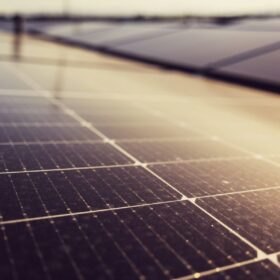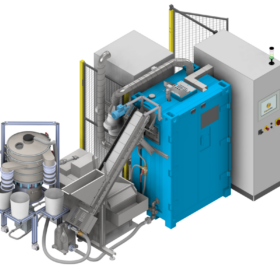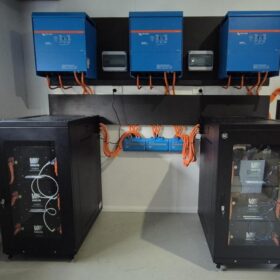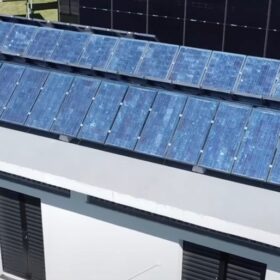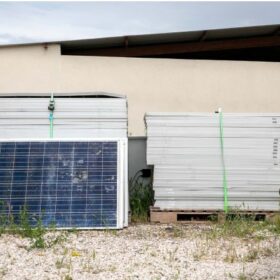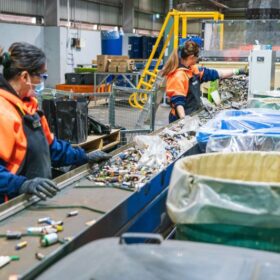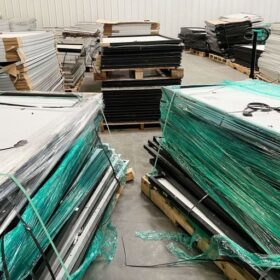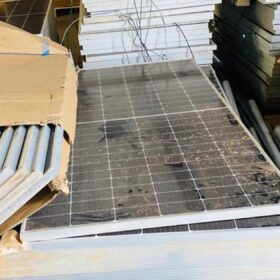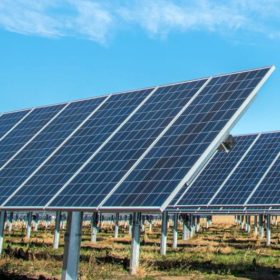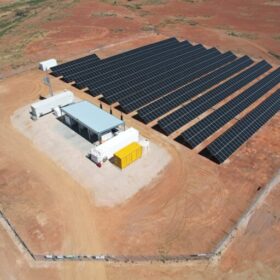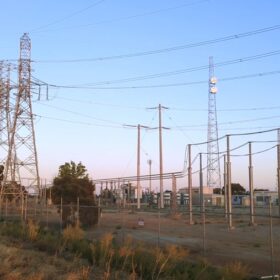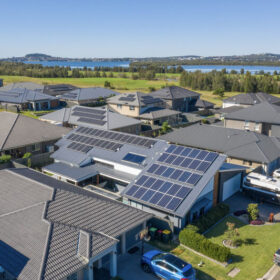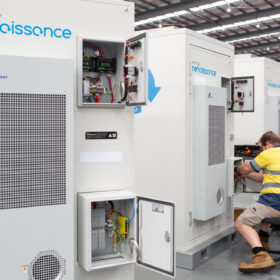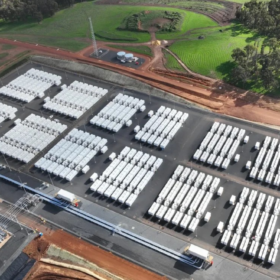Sydney researchers develop new approaches to PV circular economy
Researchers at two Sydney universities have developed 24 new ways of evaluating the circular economy of PV modules to identify the merits of various strategies based on current and future energy, materials and silver use.
PV module recycling tech based on electrohydraulic shockwave fragmentation
An international research team has developed a new machine that utilises shockwaves to separate the different materials of a PV module. Chemical processes can be further used to extract silicon and silver. Results show the recovery of more than 99.5% of the original weight of the panels.
Off-grid lessons help drive new Vaulta battery tech
Battery manufacturer Vaulta is using lessons learned from Australia’s growing off-grid energy sector to spearhead the development of its next-generation battery energy storage technology.
Trina Solar presents ‘fully recyclable’ 645 W PV module
Trina Solar claims it has developed the world’s first “fully recyclable” 645 W PV module with 20.7% efficiency. It made the panel with interlayer separation reagents, chemical etching technology, and wet chemical silver extraction tech.
Circular economy and solar photovoltaics: is there a case for second-life PV modules?
What happens to a solar PV module after its expected 25-year operational life? With about 2 TW of rooftop and utility-scale PV already deployed worldwide, and a large number of them being retired before operating for 15 years, the amount of PV modules being discarded is growing every year.
Study stresses urgent need for action with solar waste tipped to reach 1.2 GW annually
A new report has called for large PV waste and recycling facilities to be established in major Australian cities as a matter of priority with solar waste predicted to reach 100,000 tonnes annually, equivalent to 1.2 GW per year, by the end of the decade.
Envirostream eyes increased recycling revenues after boosting battery volumes
Battery technology company Lithium Australia’s 100%-owned subsidiary Envirostream is seeking to scale up its battery recycling efforts, signing an updated agreement with South Korean manufacturer LG Energy Solution in a move that could deliver 770 tonnes of lithium-ion batteries for recycling.
UNSW team scores 99% result with solar panel recycling process
A team of engineers at the University of New South Wales say they have developed a new, more effective method for recycling end-of-life solar panels that allows them to quickly and efficiently separate 99% of PV cell component materials.
How to turn 450,000-tonne mountain of used solar panels into a valuable asset
There were an estimated 100 million individual solar panels in Australia at the end of 2022. We estimate this number will likely grow to over 2 billion if we are to meet Australia’s 2050 net-zero emissions target. This growth means Australia is facing a 450,000-tonne mountain of used PV panels by 2040.
NSW targets circular economy to create new clean energy value
With the challenges associated with solar waste becoming increasingly significant, the New South Wales government has released an issues paper seeking to identify new economic value in the renewable energy transition while also ensuring the rollout of clean energy technologies is as environmentally sustainable as possible.
